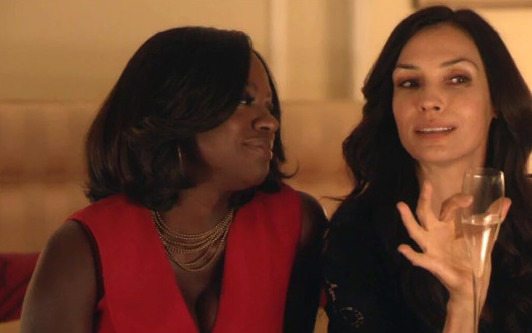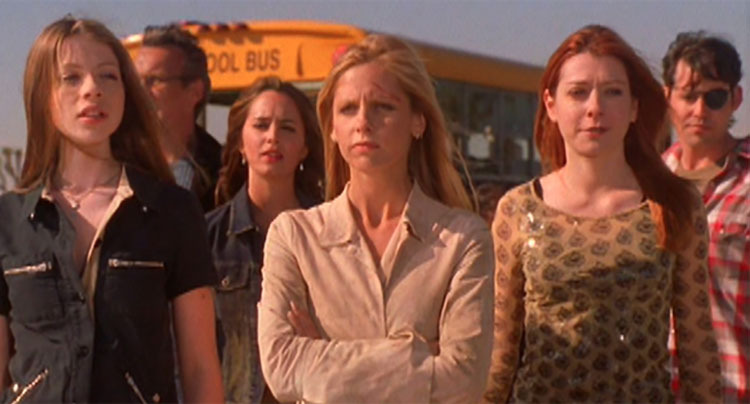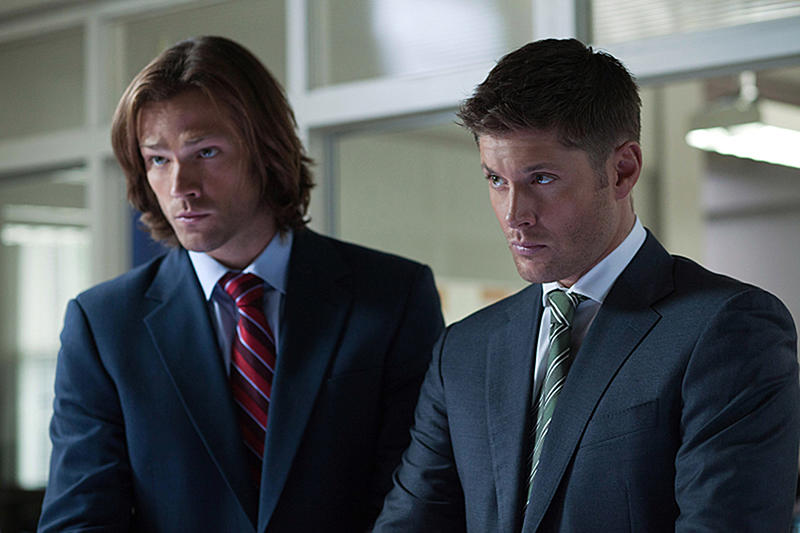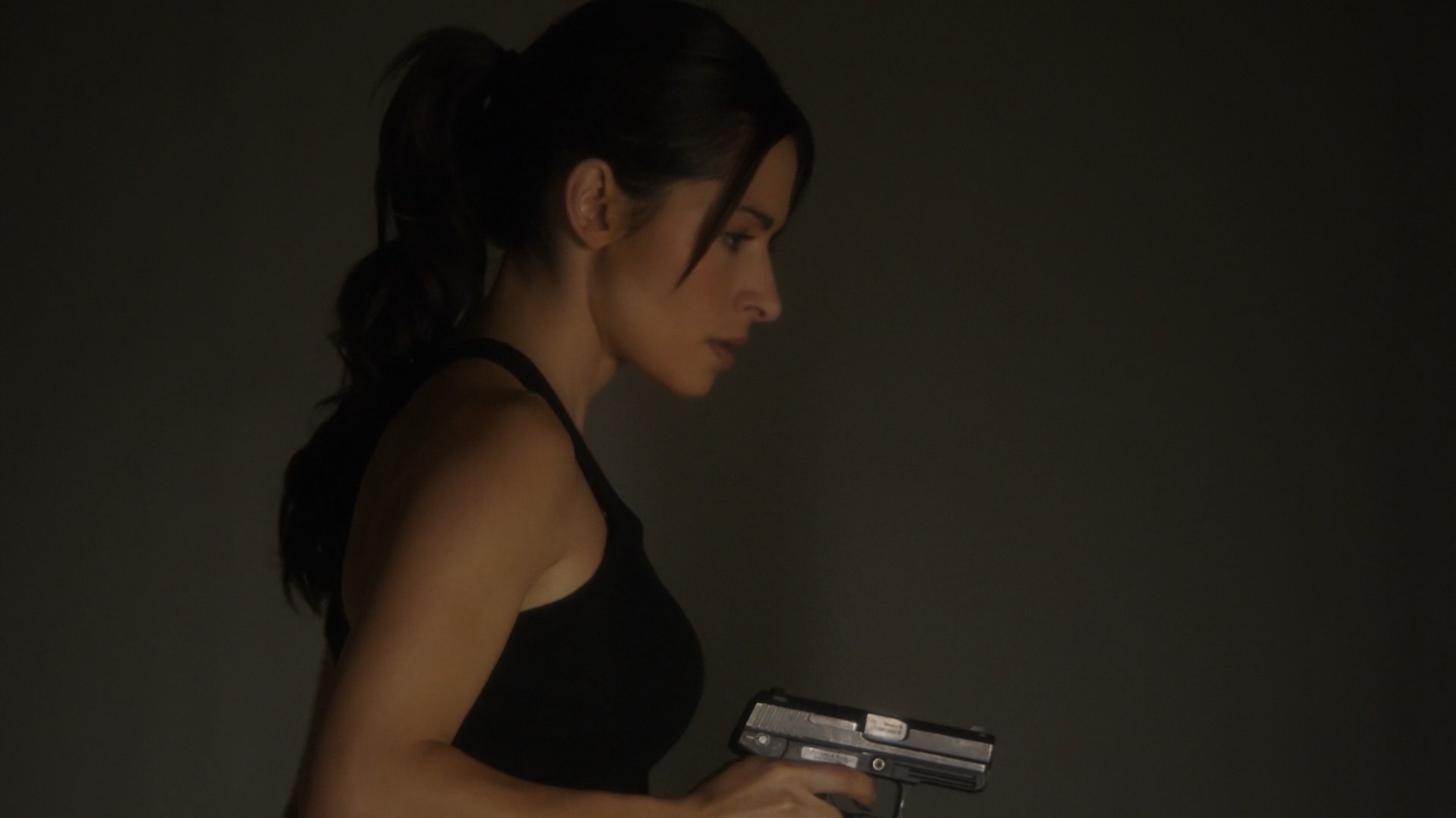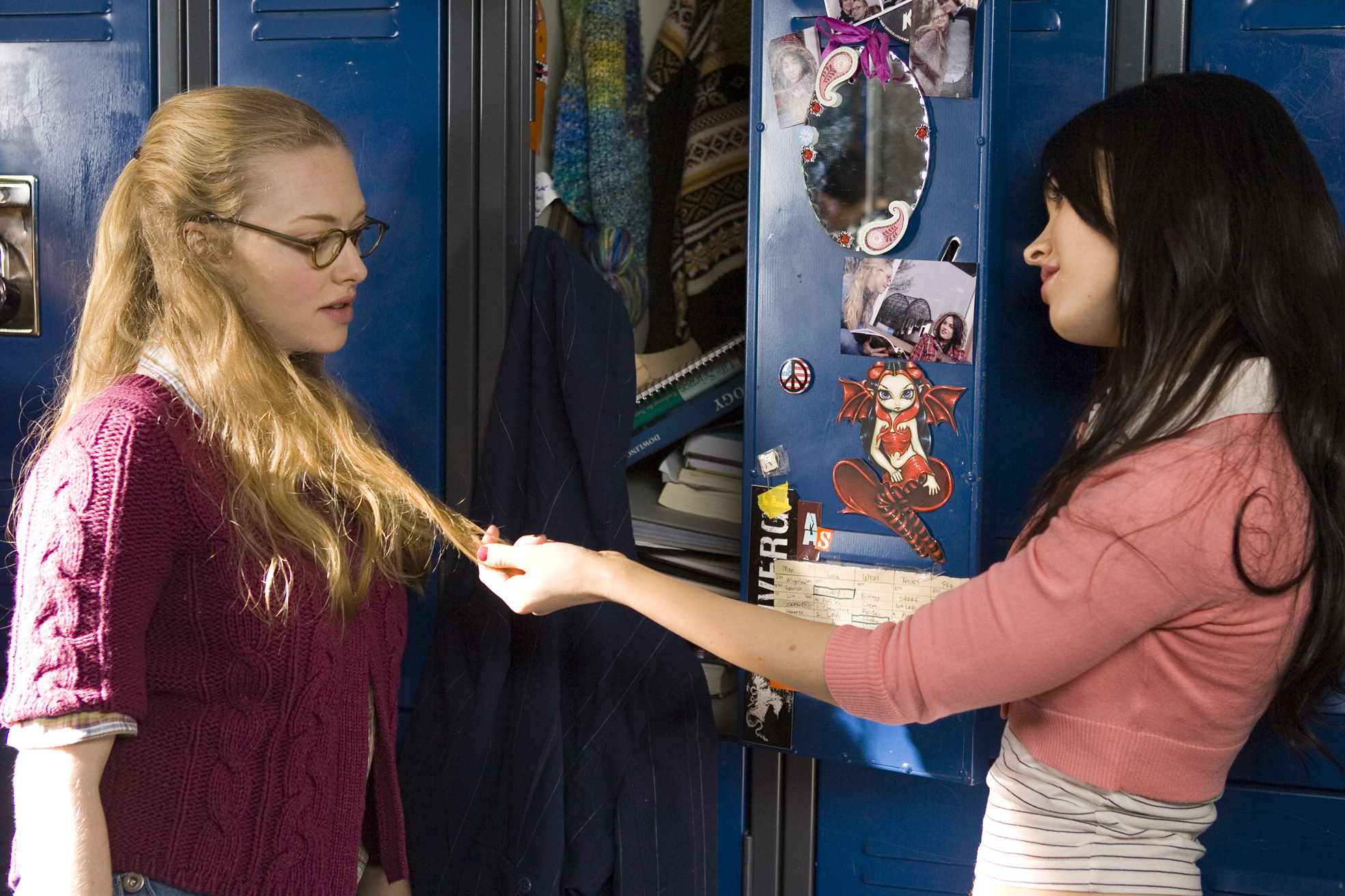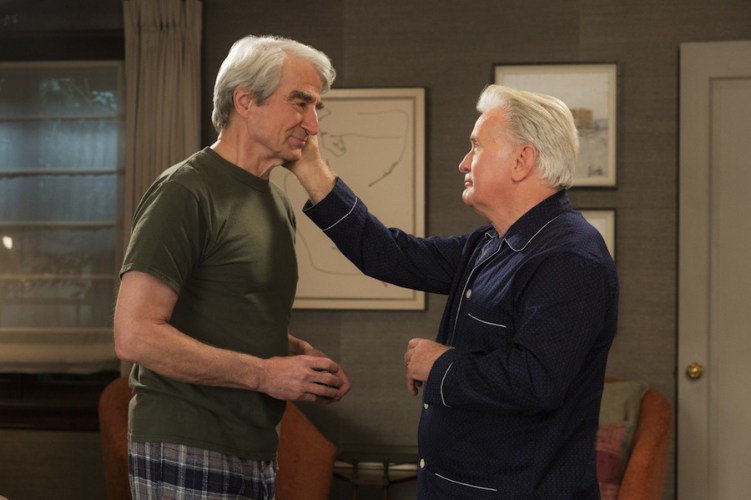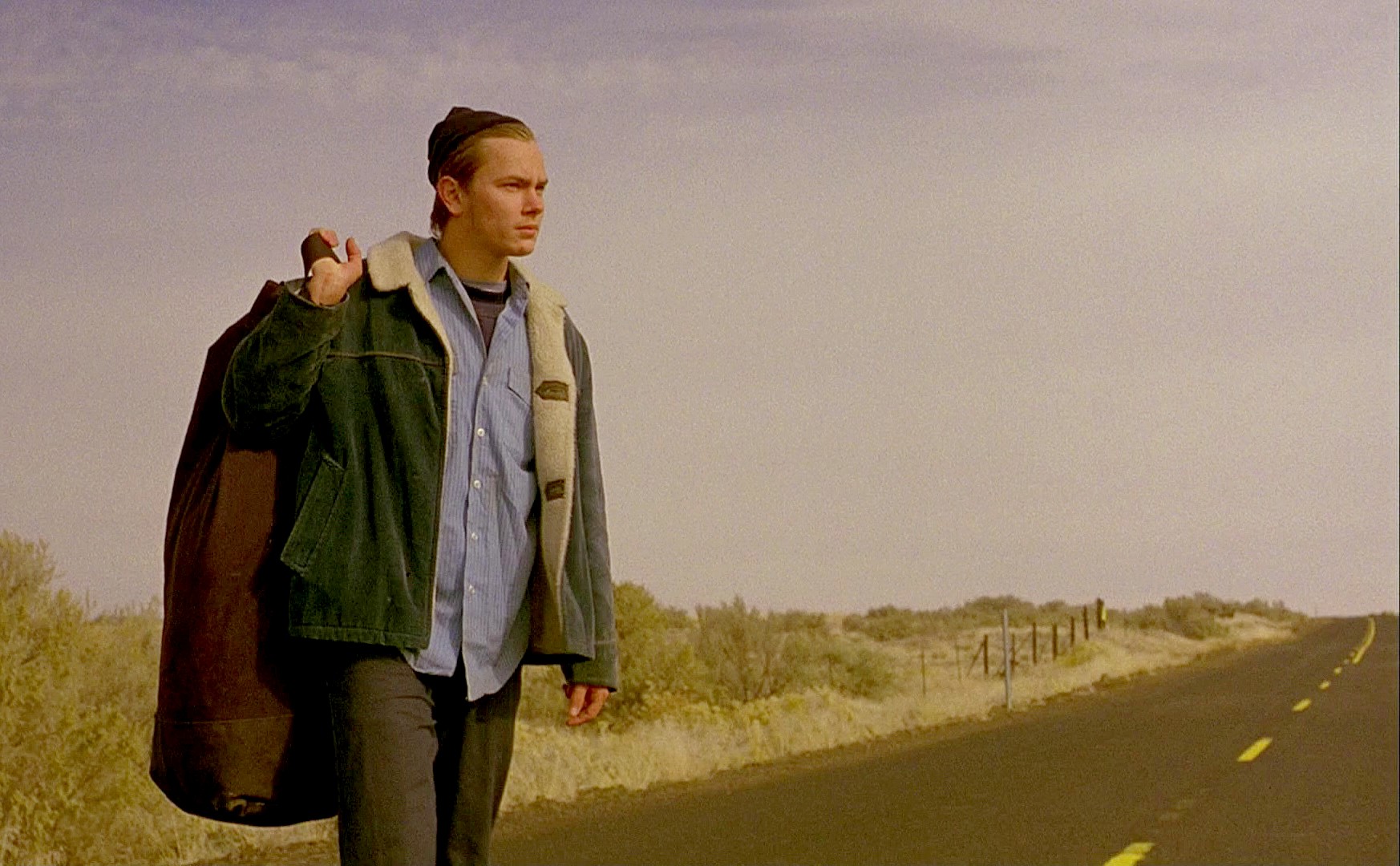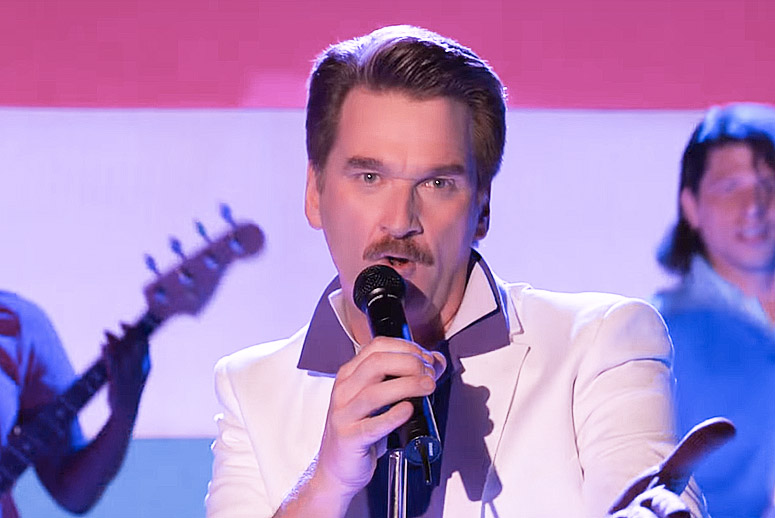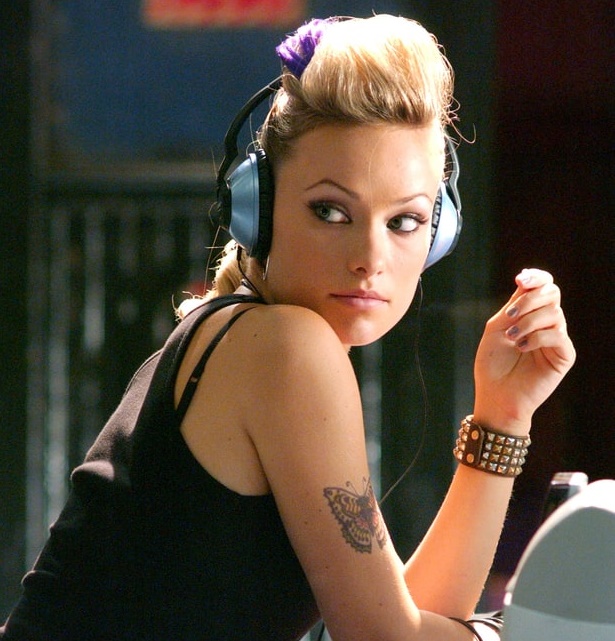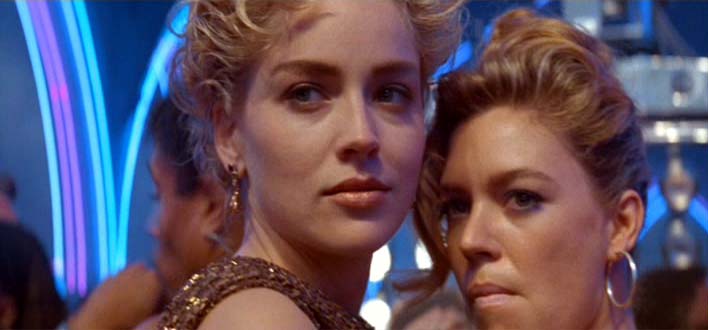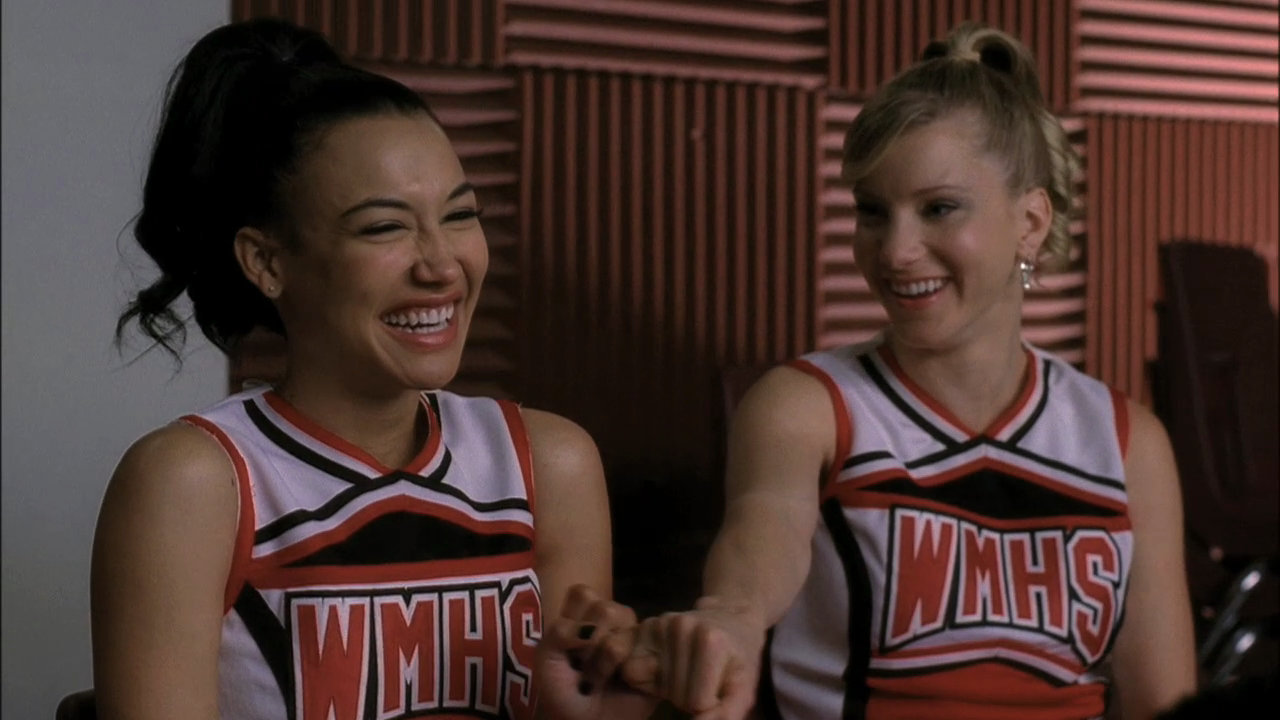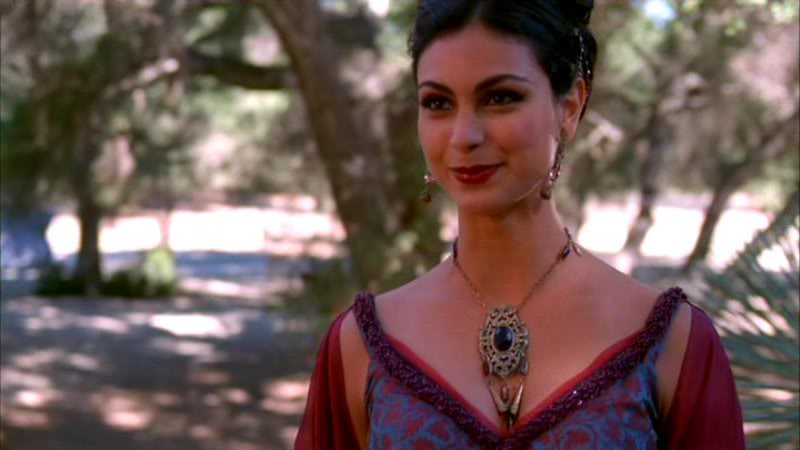This guest post written by Amy Davis appears as part of our theme week on Bisexual Representation.
Positive and complex representations of bisexual and pansexual characters on-screen are so few and far between that film critics discussing bisexual representation are often left lamenting our erasure, or – on the rare occasions we are represented – our stereotyping and demonization.
In the 100 top-grossing domestic films in the U.S. in 2015, out of 4,370 characters (speaking or named), only 32 characters or .7% were LGBT, and only 5 of those characters were bisexual, according to USC Annenberg. According to GLAAD, 4% of regular characters on primetime broadcast television series are LGBT characters. Of the 271 LGBT characters (regular and recurring) on primetime, cable, and streaming television series, 76 or 28% are bisexual. According to Stonewall’s report on the representation of LGB people (unfortunately they did not include statistics on trans characters) on television series watched by young people in the U.K., in over 126 hours of programming, bisexual people were portrayed for just 5 minutes and 9 seconds, compared to 4 hours and 24 minutes for gay men, and 42 minutes for lesbian women.
When we do appear on-screen, bisexuality is often used to indicate hypersexuality, such as Bo from Lost Girl and Doctor Frank-N-Furter from The Rocky Horror Picture Show. At its most extreme depictions of reinforcing biphobic tropes, the character’s bisexuality is also used to code “evil” or “dangerous” or “murderous,” using their (hyper)sexuality as a method of manipulation and control, for instance Sharon Stone’s character in the erotic thriller Basic Instinct.
As frustrating as our erasure and stereotyping is, however, I’d like to go beyond the question of “good” and “bad” representations of bisexual characters to ask this: exactly what it is about bisexuality which makes it so hard to represent on-screen? And why, when bisexuality is visible, is it so likely to collapse back into dominant stereotypes of bisexuality as either promiscuous or merely a phase?
Narrative film and television, with its emphasis on conflict and resolution, is poorly equipped to represent bisexuality. The committed, monogamous couple continues to represent the pinnacle of romantic fulfillment in contemporary Western culture. As such the familiar romantic plot in narrative film and television involves some kind of conflict – usually an erotic triangle – which is resolved when the protagonist makes a choice between potential suitors and becomes part of a couple (see, honestly, any rom-com ever made). Within this format then, bisexuality can often only be a disturbance to the status quo. In 2010 comedy-drama The Kids Are All Right, for example, the lesbian relationship between Jules (Julianne Moore) and Nic (Annette Bening) is disrupted when Jules begins an affair with Paul (Mark Ruffalo), the sperm donor of their children. Throughout the film, Jules identifies as a lesbian, never declaring she’s bisexual or questioning her sexuality. So long as Jules’ infidelity persists, bisexuality has a spectral presence in the film. The narrative conflict presented by bisexuality/infidelity is resolved, however, when Jules ends the affair and the lesbian/monogamous status quo is restored. In the final scene, Jules and Nic are shown smiling at each other and holding hands, the threat of Jules’ bisexuality effectively repudiated. At best, bisexuality is depicted in The Kids Are Alright as a temporary phase, at worst, as non-existent; a mere moment of weakness within an overarching narrative of monogamous lesbian couplehood.
Of course the widespread misconception of bisexual desire as triangulated and therefore always split between two object choices is demonstrably false. Many bi spectrum individuals see themselves as attracted to people rather than genders and do not feel unfulfilled when they are in a relationship with a person of a particular gender. What’s more, many queer people reject the notion of the gender binary altogether, having relationships with people all over the gender spectrum, including genderqueer and non-binary people. Nonetheless, the notion that gender is binary and the overwhelming importance placed on (binary) gender as object choice in our society means that bisexuality is inevitably viewed as dichotomous desire within our society. In The Kids Are All Right, and numerous other films with bi potential, bisexuality then gets mischaracterized as an unstable, dichotomous desire which must be subsumed back into the monogamous, monosexual (straight or gay) status quo.
But to understand the mechanisms through which this occurs, it is necessary to understand the dominant logic of monogamy. In its most perfect and pure form, a narrative of monogamy involves the notion that there is one true partner for everyone. The truth for many of us, however, is that we have several romantic relationships and sometimes even several marriages in the course of our lives, which is described as “serial monogamy.”. For the logic of the “soul mate” to work alongside the realities of serial monogamy, however, is it necessary to de-emphasize the importance of past relationships or disregard them as mere mistakes on the road to finding one’s eventual life partner (“I thought I was in love but I didn’t know what love was”).
Within this dominant paradigm of monogamy, depictions of characters who have serial, monogamous relationships with men and women are rarely read as bisexual since their past relationships (with a particular gender) are dismissed as not meaningful. A classic example of this is Willow (Alyson Hannigan) in Buffy the Vampire Slayer, who is depicted as straight for the first few seasons, during which time she has a relationship with boyfriend Oz (Seth Green), and upon entering a relationship with Tara (Amber Benson) is subsequently depicted as a lesbian. Her past relationships with and interest in men becomes re-written as “not real” (or not as as “real” as her newfound lesbian love) and thus any potential bisexuality is erased.
Too often bisexual visibility requires individuals to trace relationship histories which subvert the dominant ideals of monogamy, even if they themselves are consistently monogamous. Alan Cumming, actor and bi advocate, said in an interview on NPR’s Fresh Air in 2014:
“I used to be married to a woman. Before that I had had a relationship with a man. I then had another relationship with a woman, and I since then have had relationships with men. I still would define myself as bisexual partly because that’s how I feel but also because I think it’s important to — I think sexuality in this country especially is seen as a very black and white thing, and I think we should encourage the gray. You know?”
I was struck, reading this quote, by just how familiar this form of bisexual storytelling is. I’ve told a version of this story myself when talking about my bisexuality, and heard it from friends and strangers alike. It’s a story designed to make one’s bisexuality visible and legitimate with full awareness that it could slip through the cracks, becoming subsumed into heterosexuality or homosexuality, at any moment. Cumming is all too aware that his expression of desire for men and women is insufficient in itself to make his bisexuality visible, and that in the context of his marriage to a man his “mere” desire could be easily dismissed to create a coherent homosexuality. His bisexual narrative instead involves emphasizing the importance of his past relationships and marriage, describing them alongside his current relationship and implying that while they are not current they are nonetheless still meaningful in his sexual identity.
Further, Cumming’s narrative involves relationships with men and women which are dispersed throughout time, rather than a series of relationships with women followed by a series of relationships with men, which could be easily subsumed into a gay (rather than bi) “coming out” narrative similar to Willow’s plotline. And although none of these relationships are depicted as non-monogamous in themselves, Cumming’s narrative disrupts the “one true love” logic of monogamy at the same time as making his bisexuality visible over time. In making explicit reference to his past relationships as significant to his current sexuality, Cummings refuses to be dismissed, revised, or excluded by monogamy’s “one true love” narrative or bi erasure.
Similar disruptions accompany other moments of bisexual visibility in film and television. How to Get Away with Murder, for example, successfully depicts Annalise Keating’s (Viola Davis) character as bisexual or pansexual by bringing a past relationship into the present. In the course of season one, Annalise’s love interests are male. However, early in season two, it is revealed that she had a relationship with law school classmate Eve Rothlo (Famke Janssen) and the two briefly rekindle their relationship in the course of working together.
Given the dominant ideals of monogamy, had it merely been revealed that Annalise had a college relationship with a woman, it would have been too easy for audiences to dismiss her past relationship in order to reinscribe a current straight identity. On the other hand, had she kissed a previously unknown woman, audiences would likely have read it as a loose erotic triangle – involving the woman and on-again-off-again boyfriend, Detective Nate Lahey (Billy Brown) – probably requiring resolution into a straight or lesbian identity. However, Annalise’s sexual and emotional intimacy with Eve in the present avoids the bisexuality-as-narrative-disruption trope and instead functions to draw our attention to the importance of Annalise’s historic relationship with Eve. The previous relationship cannot (and should not) therefore be easily dismissed as a “phase,” simultaneously disrupting the logic of monogamy which relegate previous relationships to the past only and allowing Annalise to remain visible as a bi character.
As bisexual people, we get tired of the persistent association between bisexuality and non-monogamy, demonstrated through popular stereotypes which position us as promiscuous, confused, dangerous, greedy, deceptive, cheaters, and unable to commit. A familiar response to this charge is the reminder that, like straight and gay/lesbian people, bisexual people can be (and are) both monogamous and non-monogamous. While this refutes the myth that bisexual people are necessarily non-monogamous, it does little to explain how the association between bisexuality and non-monogamy emerged in the first place. And more importantly for our representation on-screen, the ways in which dominant narratives of monogamy create the conditions of both our erasure and our visibility.
See also at Bitch Flicks:
Buffy the Vampire Slayer and Bisexual Representation
Is Buffy the Vampire Slayer‘s Willow Rosenberg a Lesbian or Bisexual?
Exploring Bisexual Tension in Buffy the Vampire Slayer
Buffy the Vampire Slayer: Joss Whedon’s Binary Excludes Bisexuality
LGBTQ Week: The Kids Are All Right
How to Get Away with Murder Is Everything “That” New York Times Review Said It Is
How to Get Away with Dynamic Black Women Leads
Amy Davis is currently completing a PhD on bisexual erasure at the University of Wollongong. Amy is interested in feminism, queer and trans politics, animal rights, law, ethics and, most importantly, cats.
